The Maple Harvest
The Maple Harvest
Photos by Jenn Bakos
Words by Ashley Herrin
“Before the reward there must be labor.
You plant before you harvest.
You sow in tears before you reap joy.”
We’ve learned that life can be sweet, but what comes from the Sugar Maple trees of New England is even sweeter. It’s that light amber glaze that coats your pancakes. French toast saturated with a tree’s fresh syrup. It’s what makes breakfast “breakfast,” in New England.
But the story from tree to table is much more complex than what spills out of the bottle. To some, the maple harvest is an imperative time in the region. It’s a time when nighttime prayers echo a bid for warm days, cool nights and hopes for overflowing buckets of sap down at the Sugar Bush. As the days grow warmer, that is when the sugar harvest begins. Sap flows unhurriedly into the buckets…drop…drop...drop...
as it resounds against the worn tin bucket. Back at the sugar shack, the fire is stoked, ready to bring the freshly collected sap to a roaring boil.
Patience is a virtue when it comes to sugaring. Producing maple syrup reads more like the story of Goldilocks; it’s a gentle balance between boiling for too long or for too short. It’s the art of finding out what’s just right.
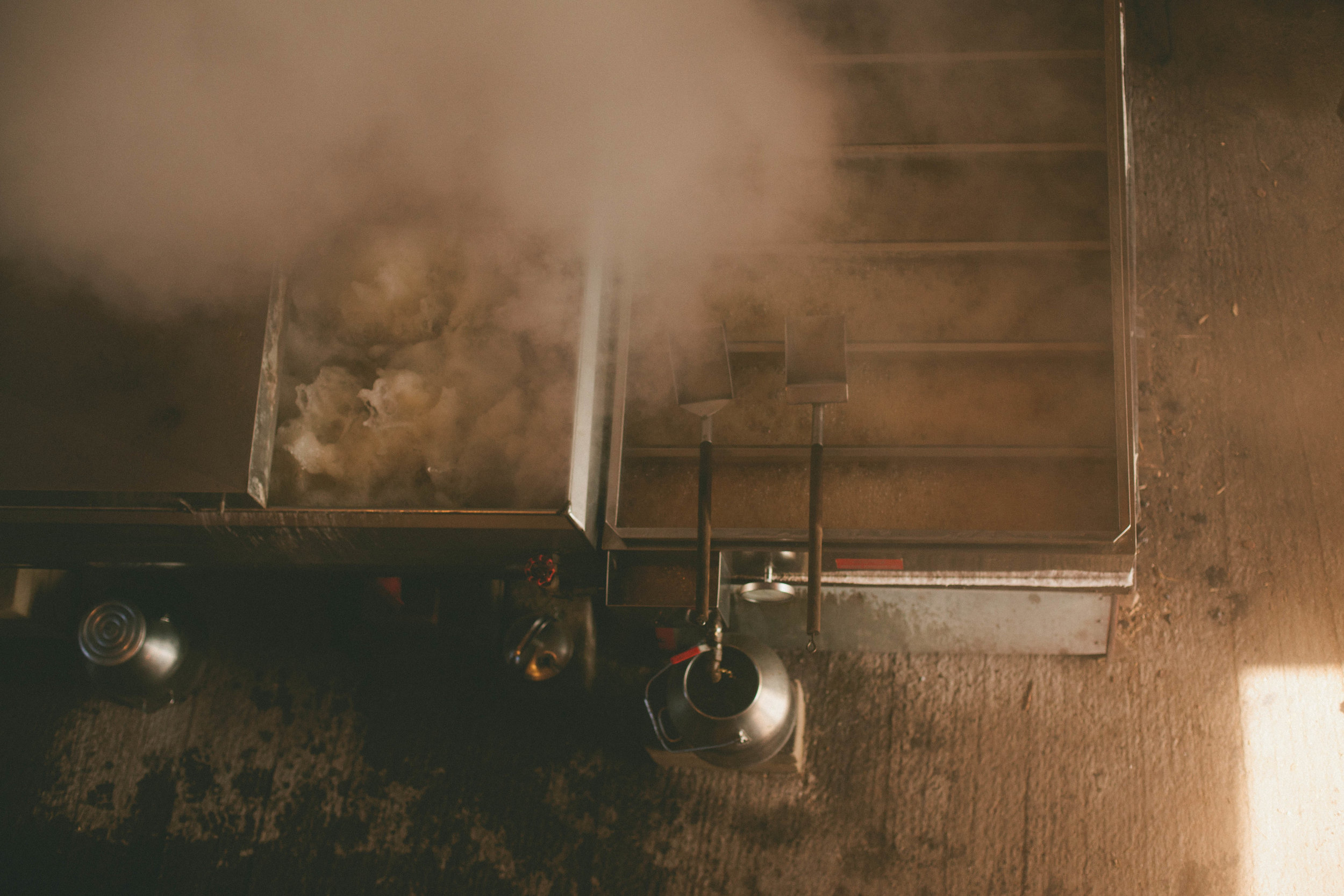
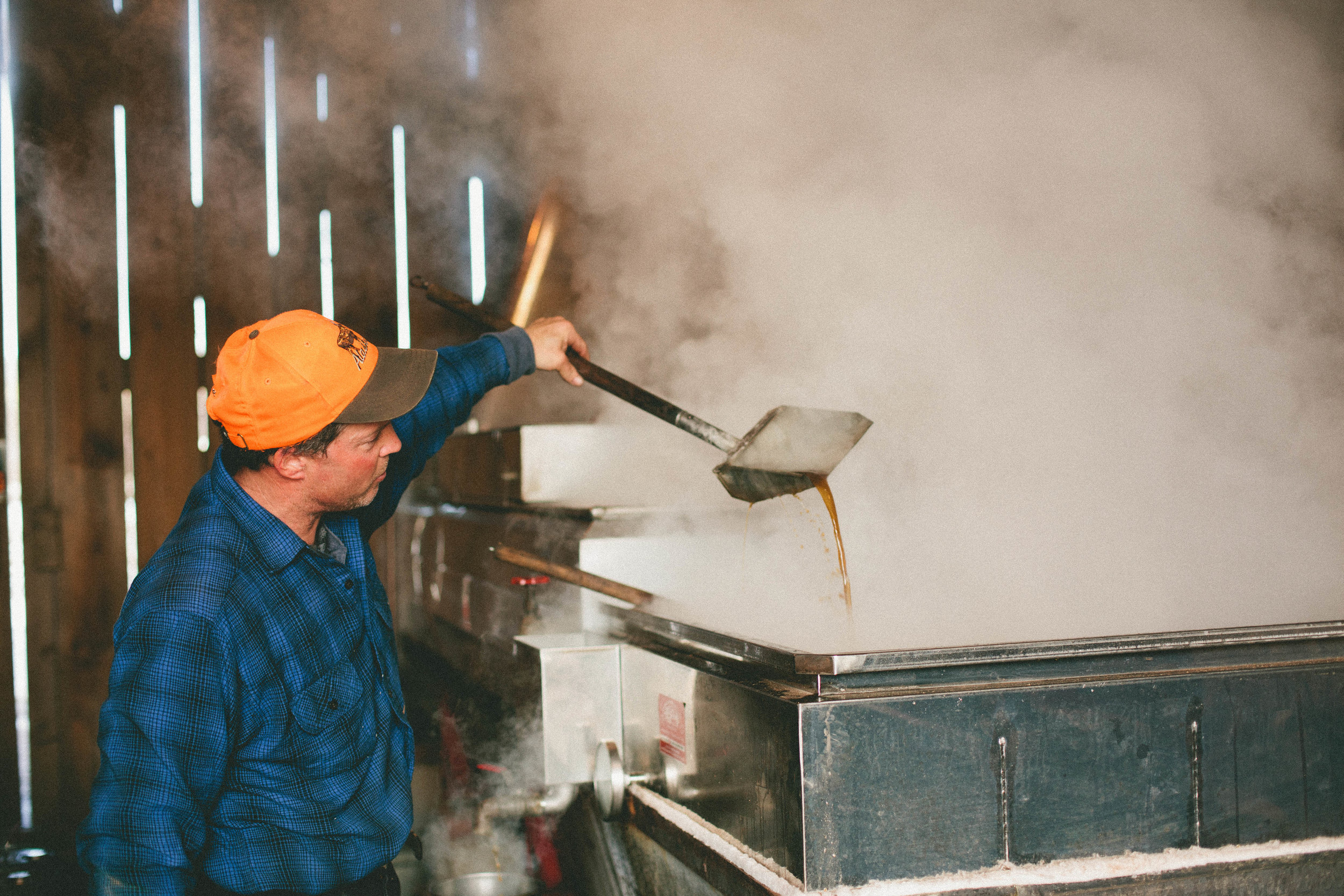
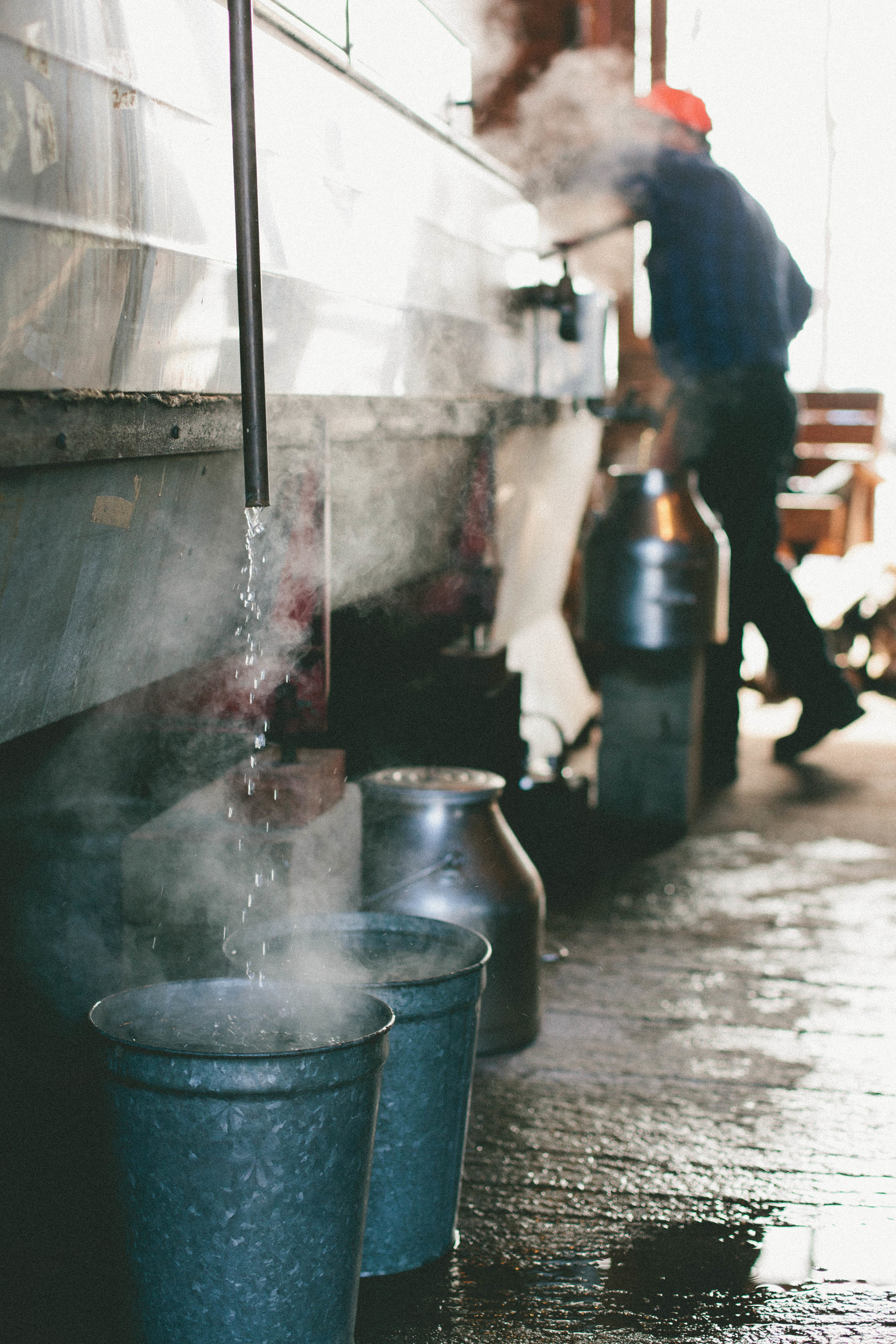
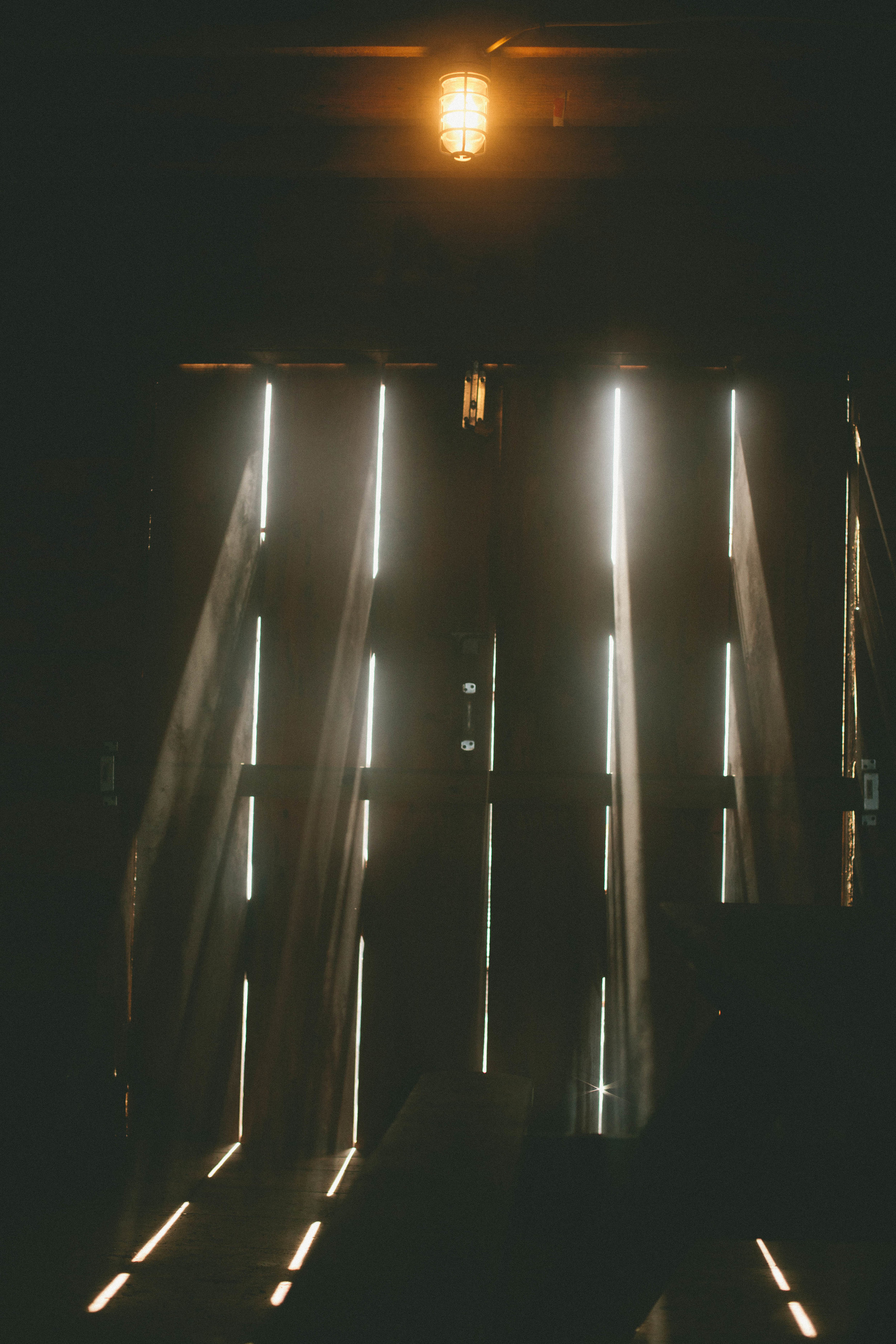
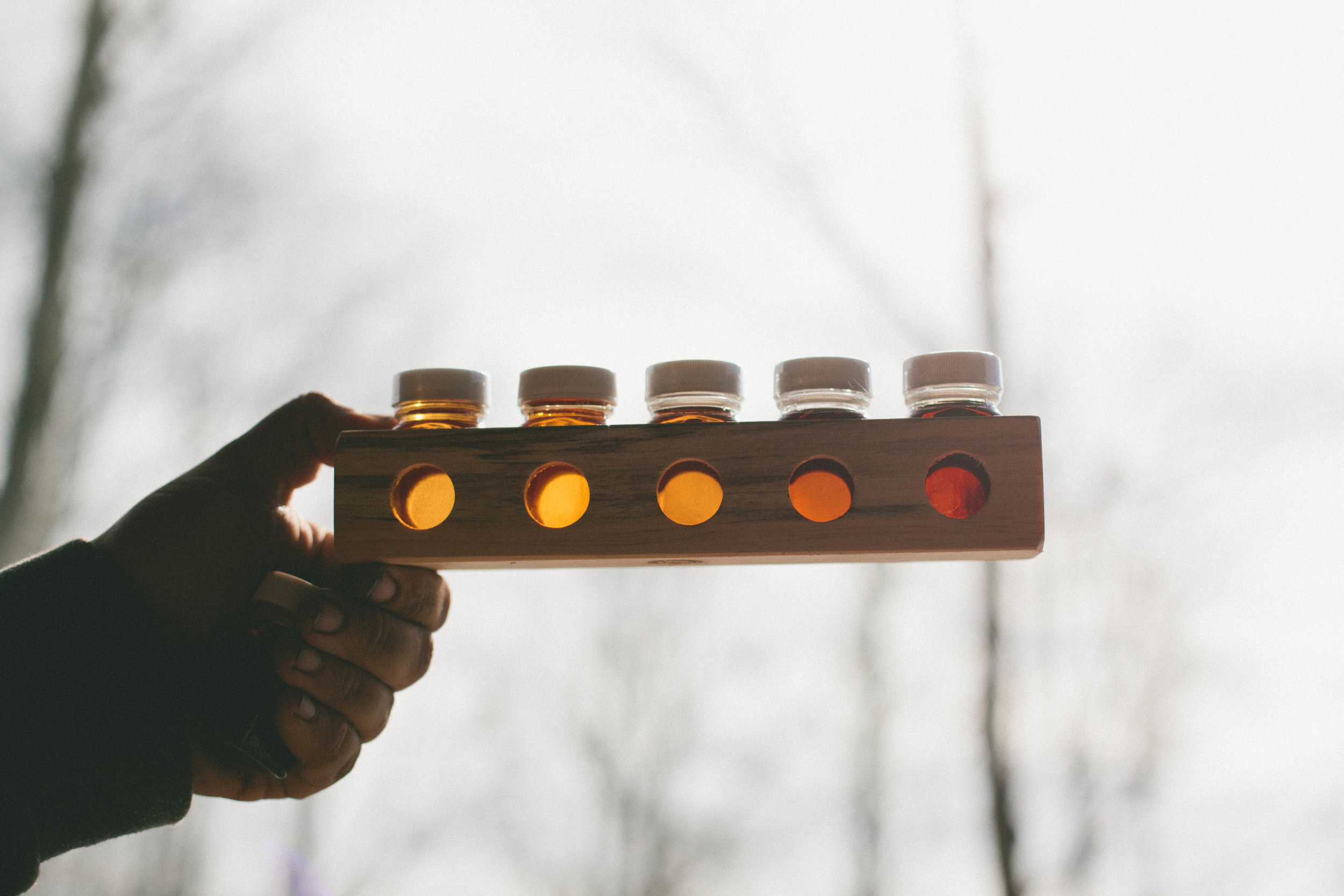
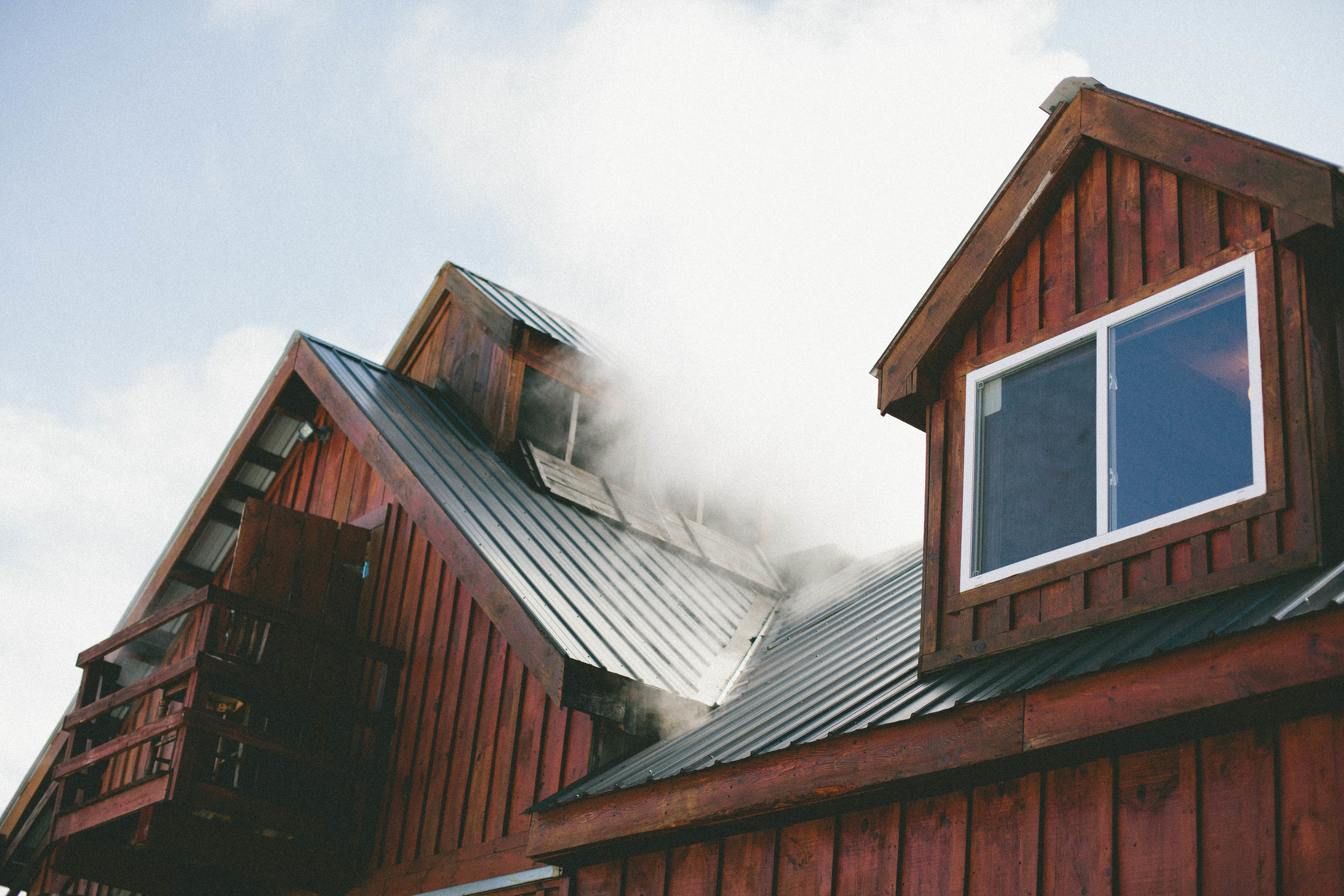
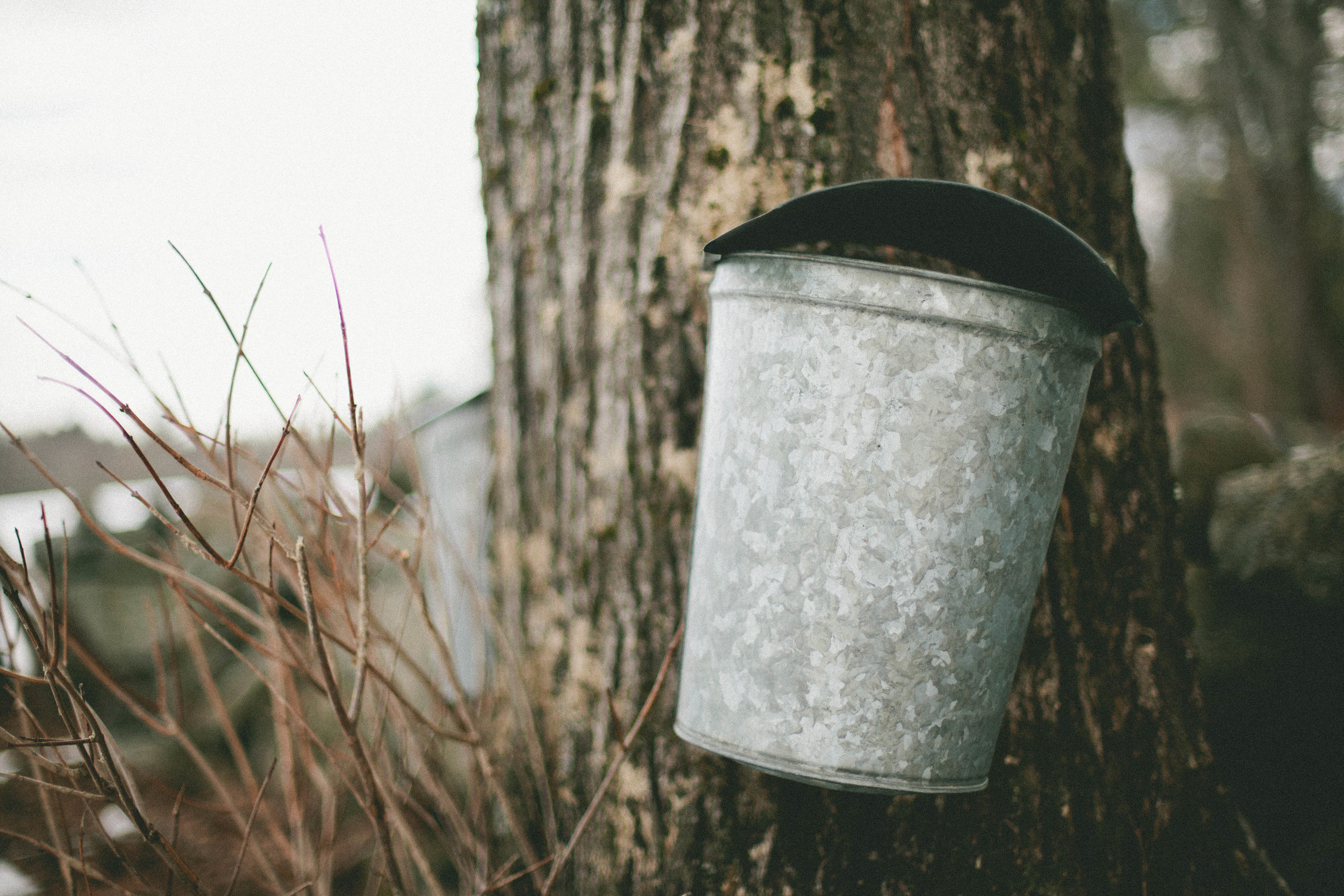
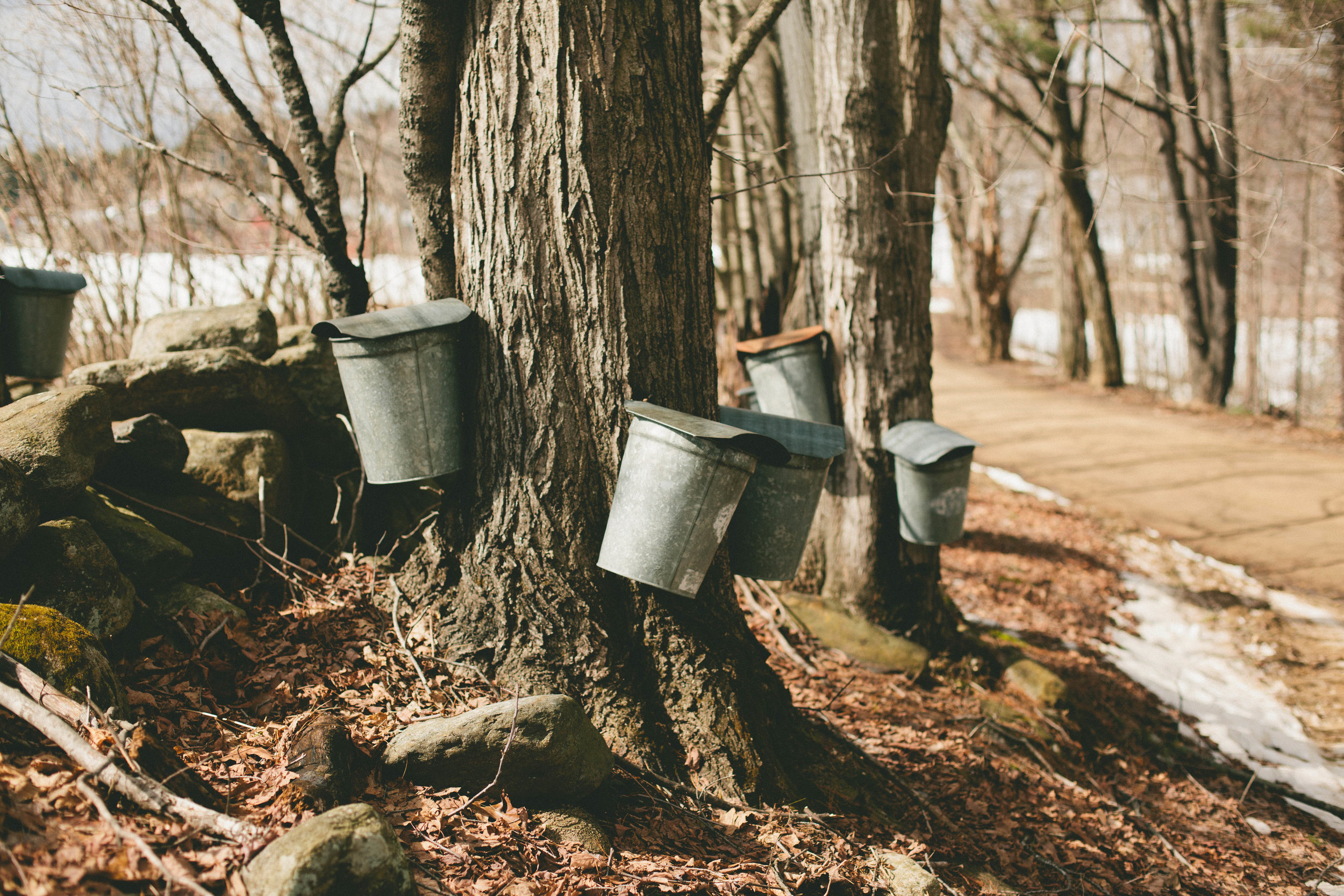
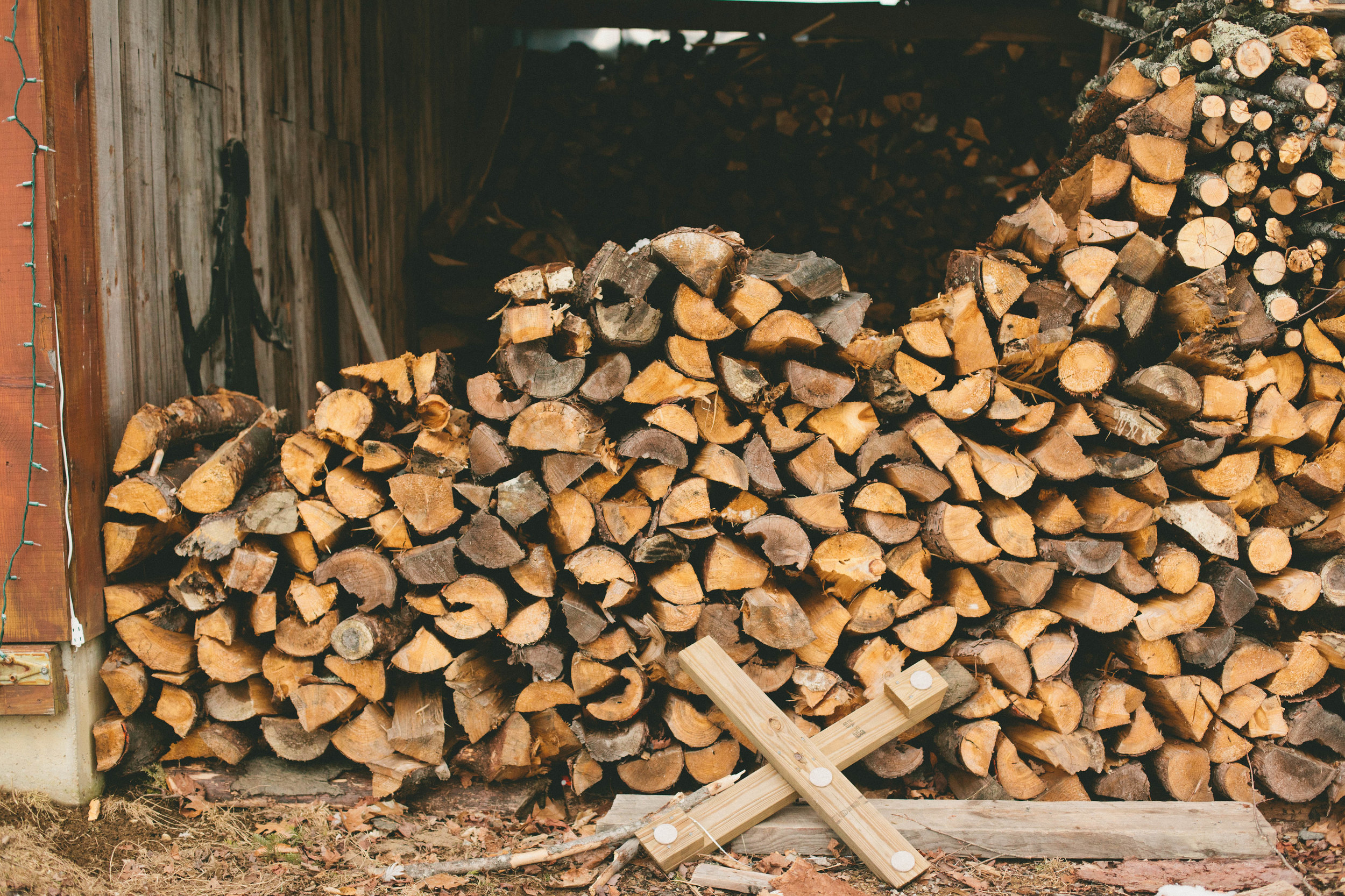
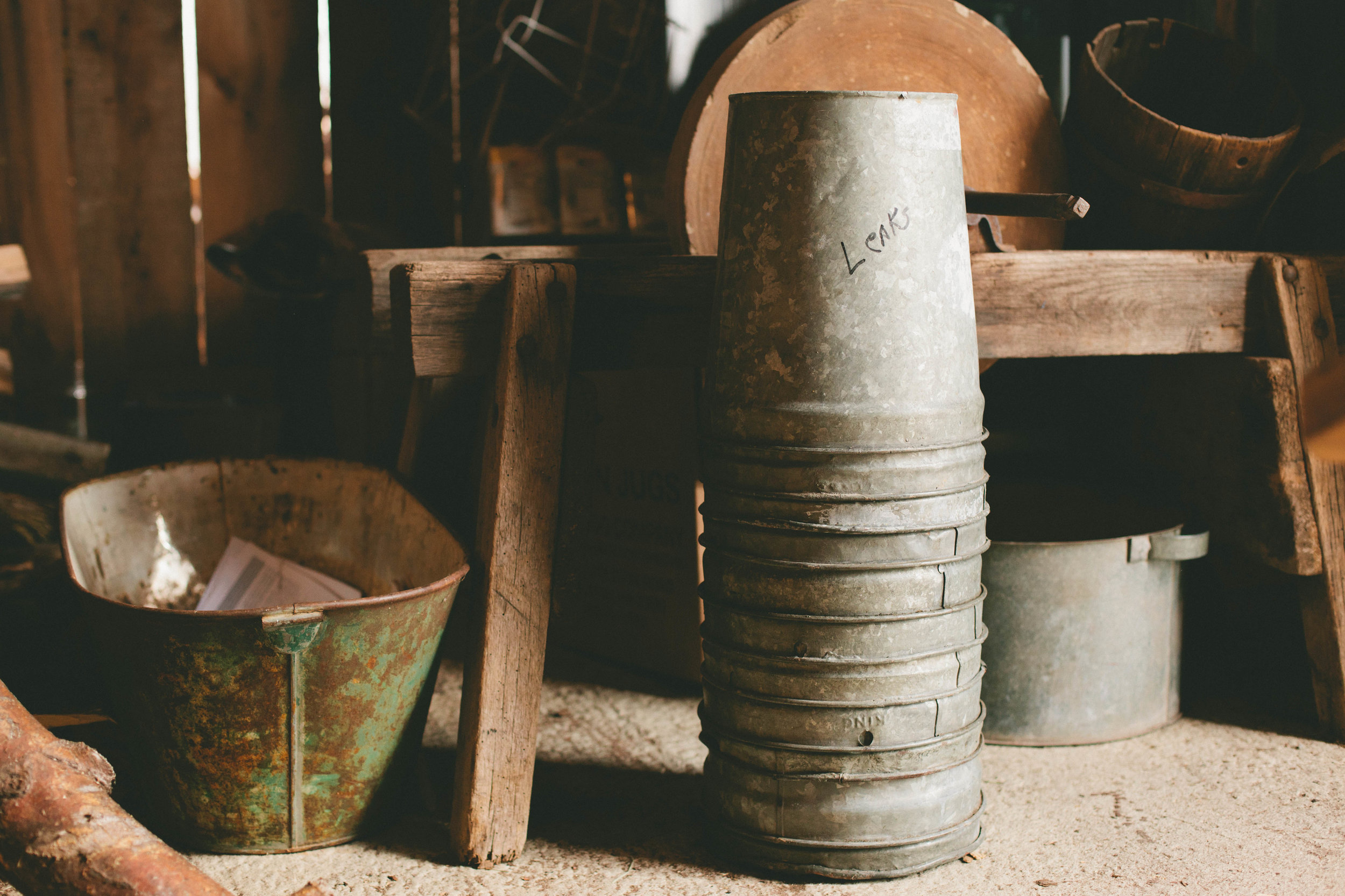

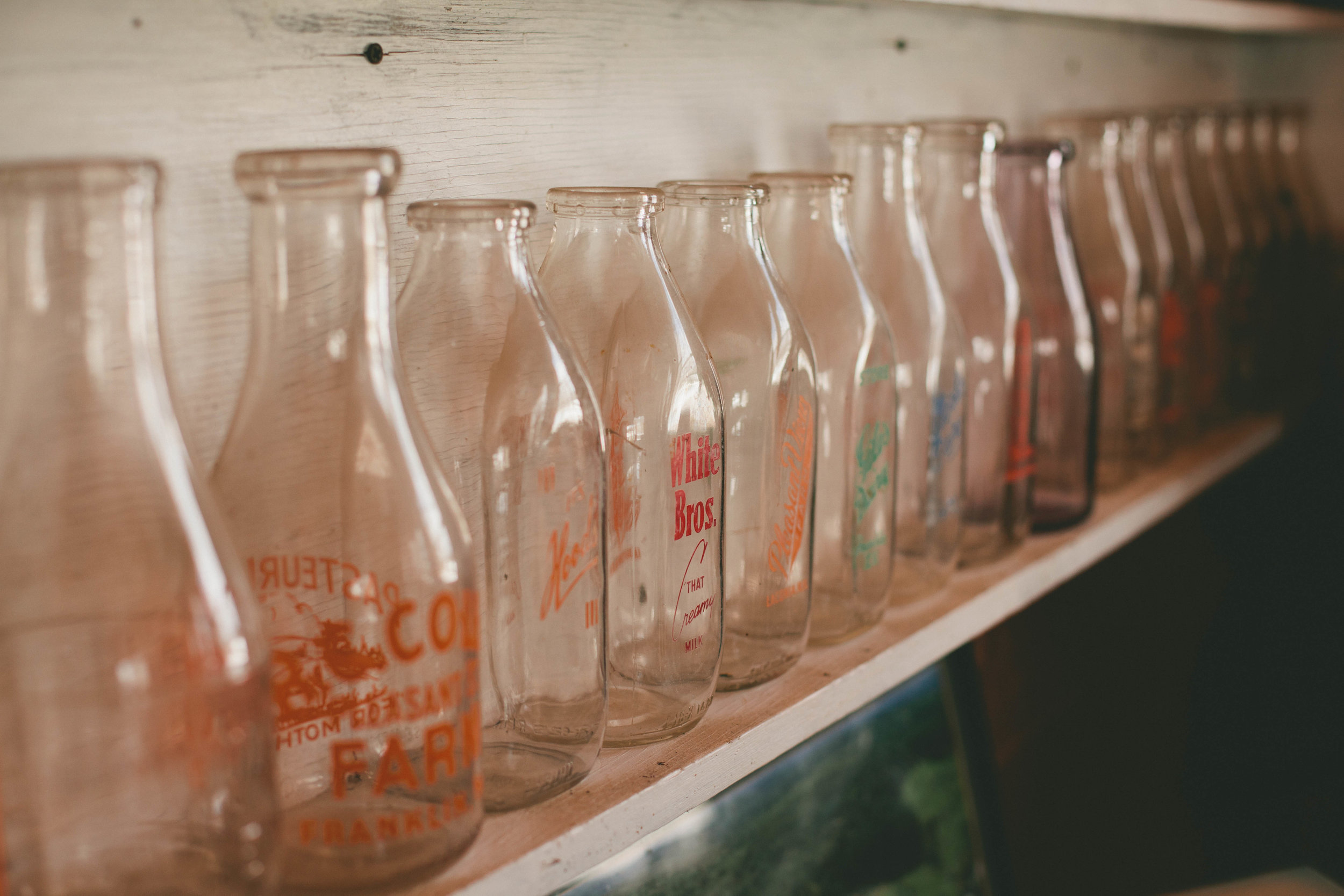
Grade A Light Amber
Made earlier in the sugaring season when temperatures are still cold. A delicate, light syrup. Ideal for maple cream and maple candies.
Grade A Medium Amber
Syrup produced later in the season when temperatures start to warm. It bears a richer, maple flavor. Most often used for table syrup.
Grade A Dark Amber
A full-bodied maple syrup. Rich in flavor and darker in color. Popular as a table syrup but also as a sweetener. Can also be used for cooking.
Grade B
A robust and exceptionally dark syrup produced at the end of the season. Popular amongst local chefs and food manufacturers. Primarily used in cooking.




